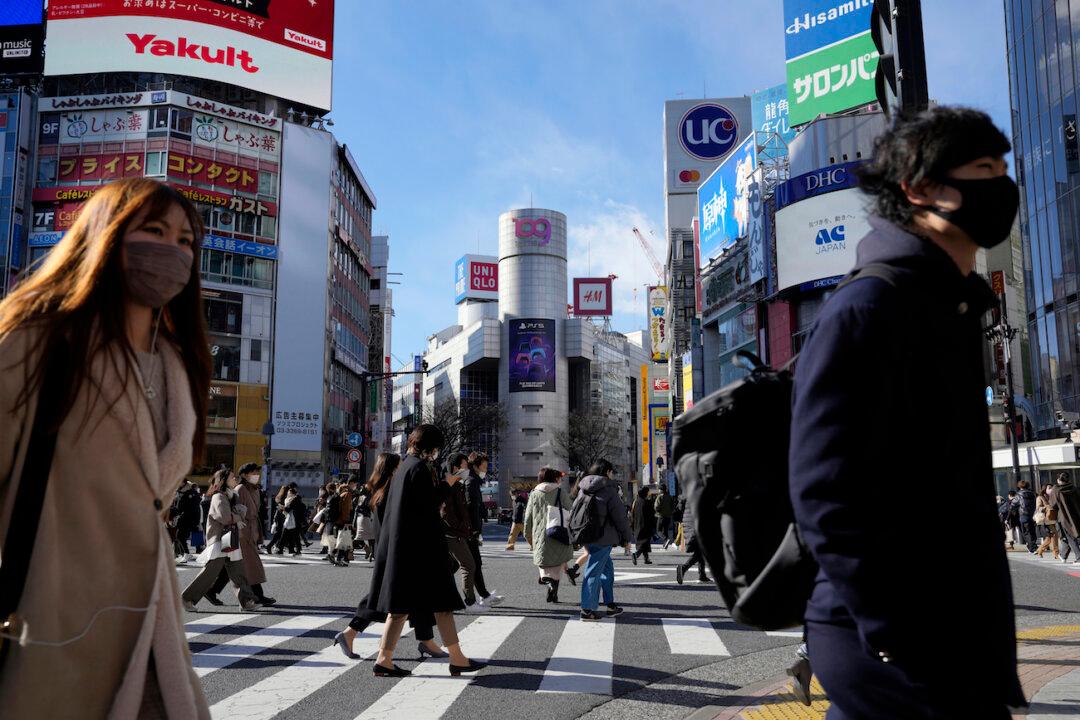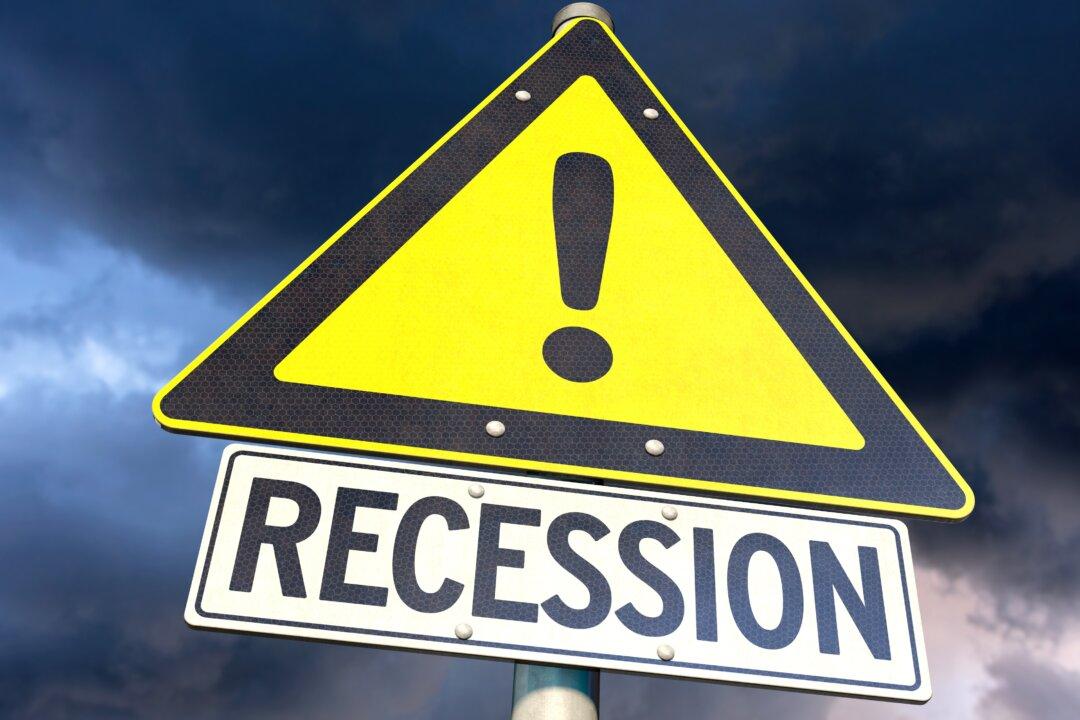Commentary
The economy is red-hot, at least according to most. After all, why else would the U.S. Federal Reserve publicly announce a near-historic rush to hike its benchmark rates? Consumer prices have been painfully rampaging for a year, and the stated purpose of hiking is to cool everything down in order to regain control over them.





